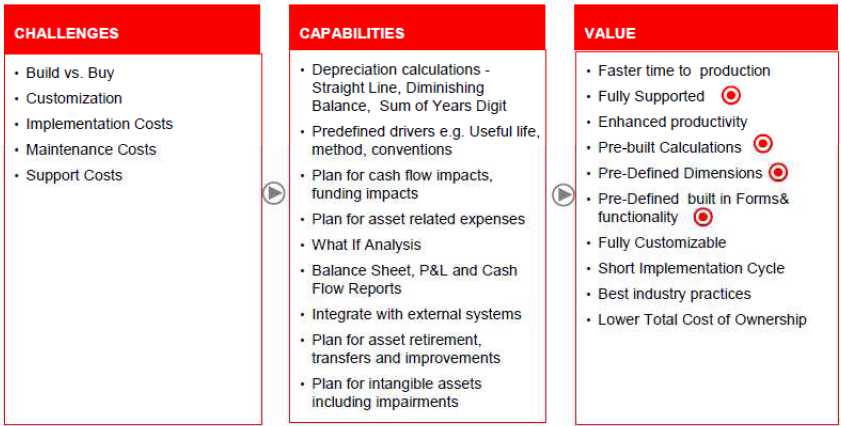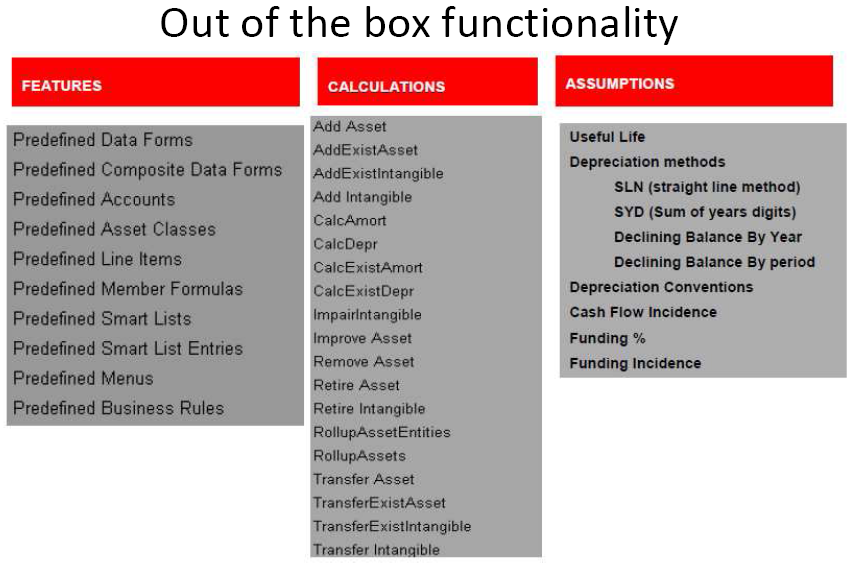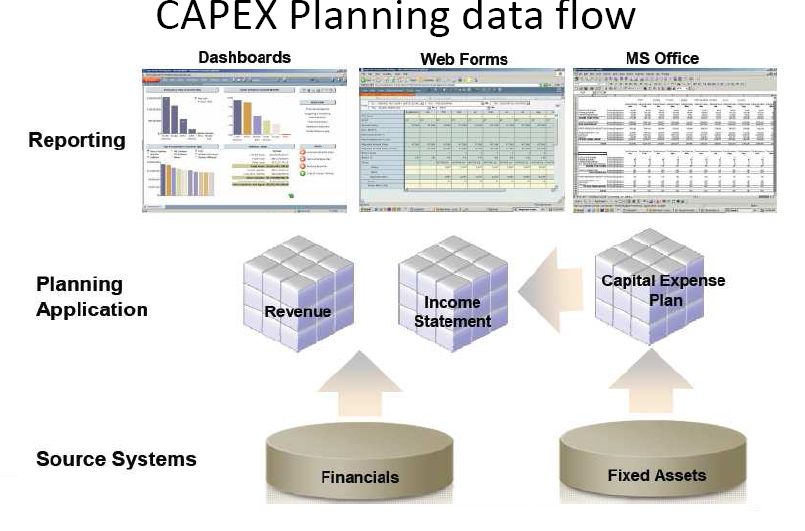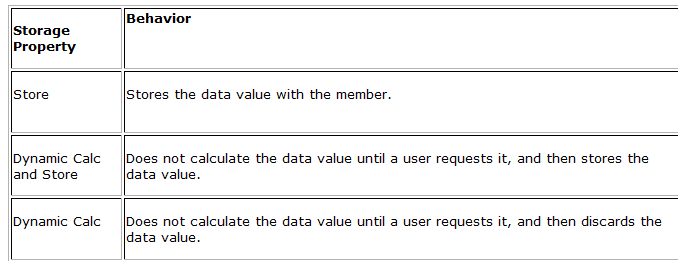Oracle 1z0-533 - Oracle Hyperion Planning 11 Essentials
Identify the two true statements with regard to Versions and Scenarios.
Identify the three true statements about the CapEx Planning module.
You need to calculate benefit expense in your Planning application using the following logic: Benefit expense is equal to the Total Salary of the Organization multiplied by a factor data loaded to each cost center.
Given the following components, what is the correct order of calculation:
1-Custom calculation (Total Salary * Factor)
2-Aggregate benefits
3-Aggregate salaries
Identify the correct set of required dimensions for Planning.
The Hyperion Planning administrator needs to run several calculations in a specific order against two different databases within the application. Identify the two options that are not valid.
You've created an EAS business rule and assigned it to the data form but an end user can't see it. What are two valid reasons?
Identify the three true statements about attribute dimensions.
You have a measure in your Accounts dimension for "Price". Price Is Input by users (along with Units). Sales is calculated as Units * Price. Identify the correct property that should be assigned to Price to meet this requirement.
Assuming EAS Business rules, a user cannot see a business rule on a data Form. What are three possible causes?
Identify the two true statements assuming you are working with a single application with multiple plan types.







